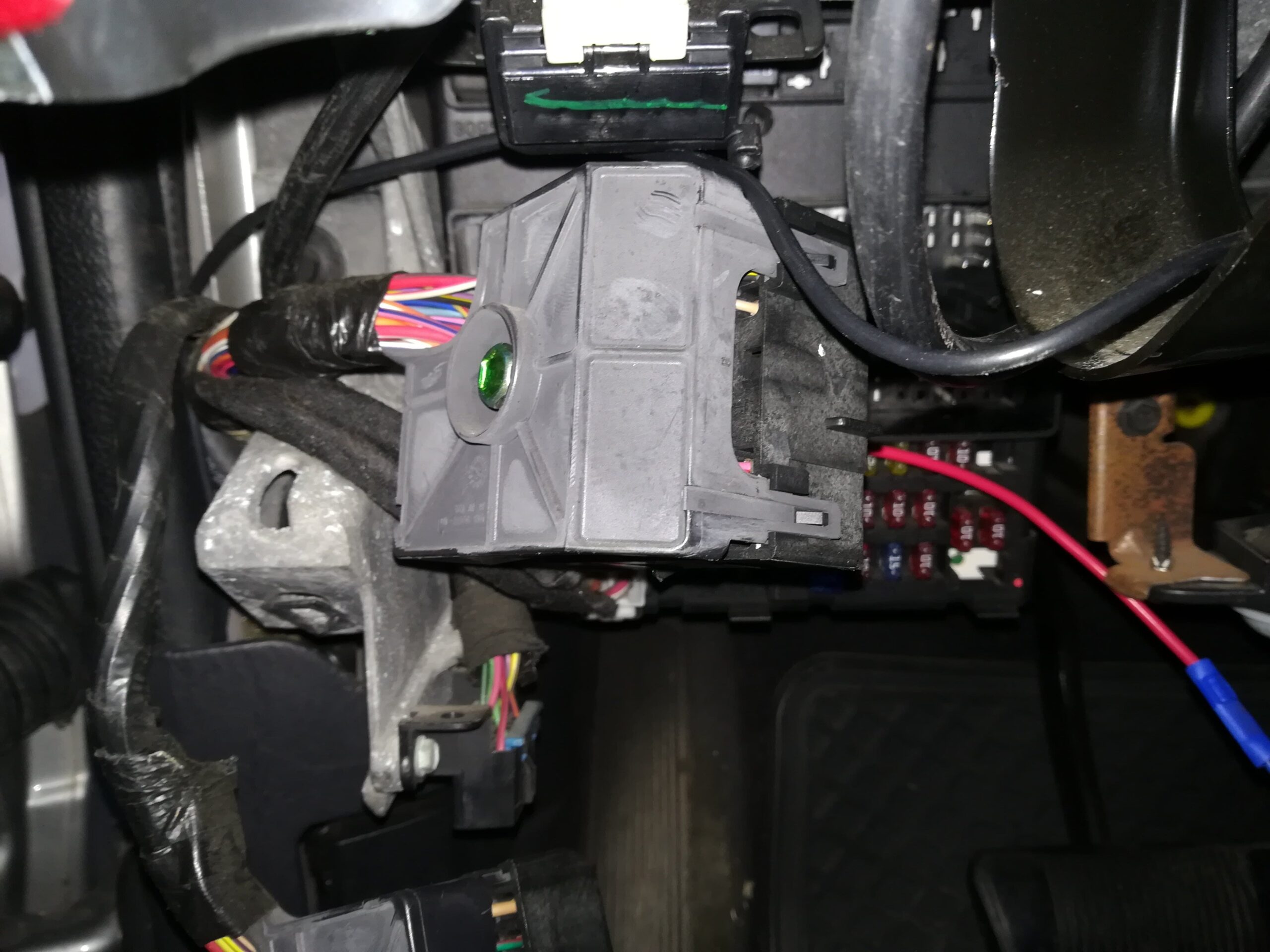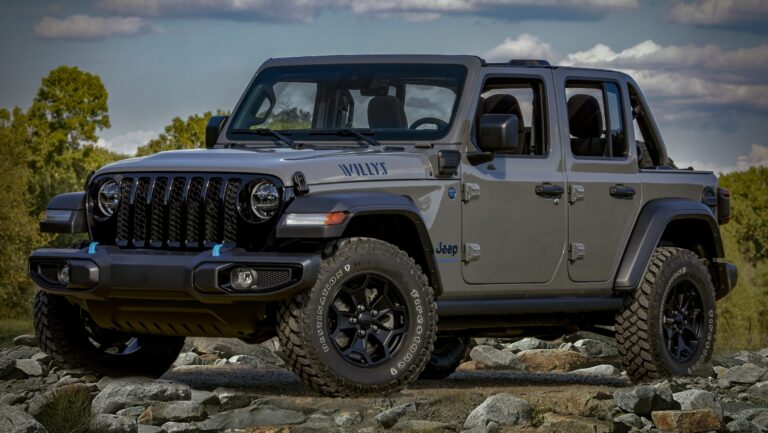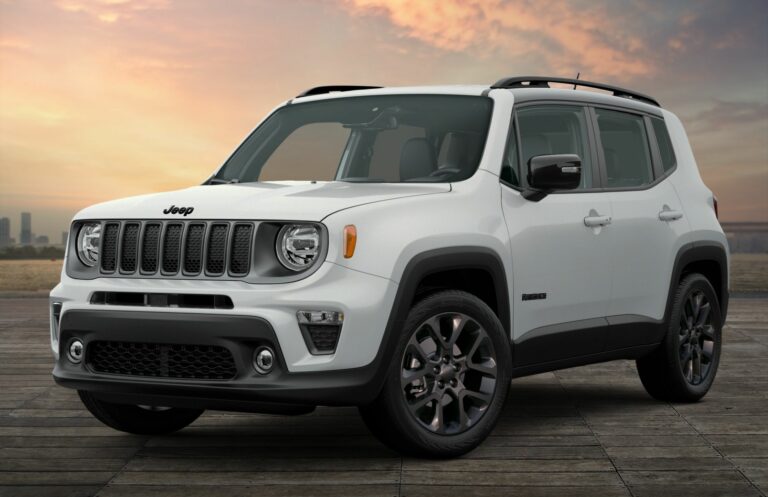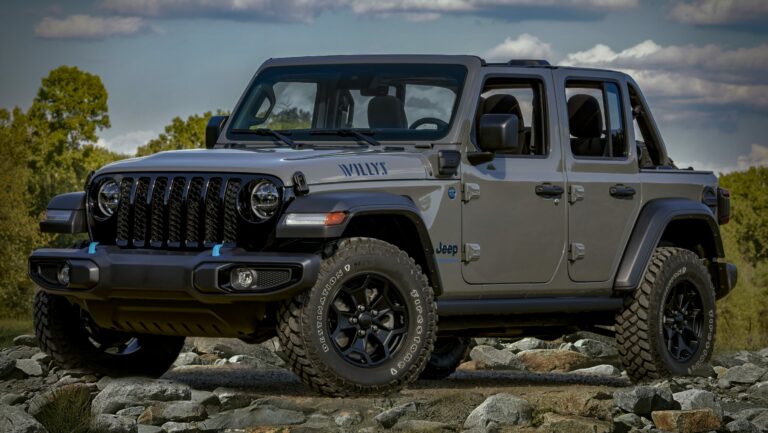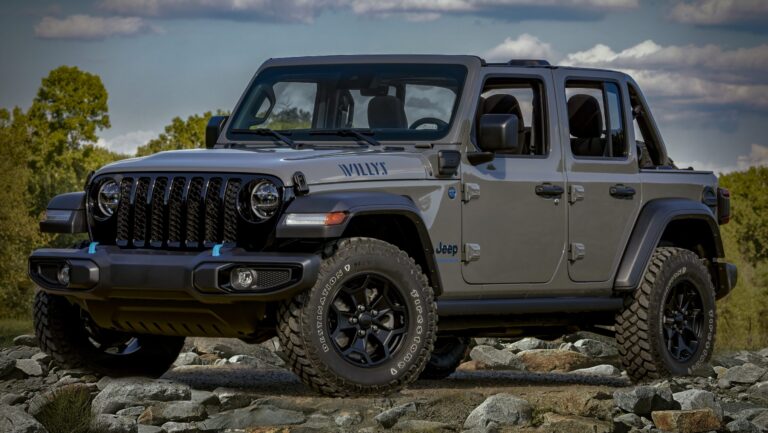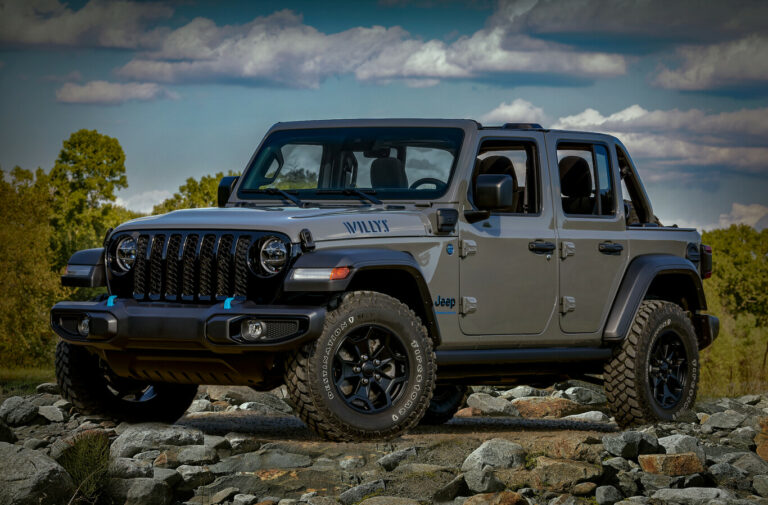Jeep Cherokee CRD Wiki: Your Ultimate Guide to the Diesel Legend
Jeep Cherokee CRD Wiki: Your Ultimate Guide to the Diesel Legend jeeps.truckstrend.com
The Jeep Cherokee, a name synonymous with rugged capability and adventurous spirit, has seen many iterations over its storied history. Among them, a particular variant stands out for its unique blend of power, efficiency, and distinct engineering: the Jeep Cherokee CRD. For owners and enthusiasts of this diesel-powered marvel, the concept of a "Jeep Cherokee CRD Wiki" isn’t just about a single website, but rather a vital, ever-evolving collective knowledge base – a digital ecosystem of shared experiences, technical guides, troubleshooting tips, and modification insights. This comprehensive "wiki" is the lifeline for anyone looking to understand, maintain, or enhance their CRD, transforming complex technicalities into accessible information.
This article aims to serve as your ultimate guide to navigating and leveraging this invaluable community resource. We’ll delve into why the CRD demands such a dedicated knowledge hub, what critical information you can expect to find, how to effectively utilize these resources, and the practical benefits of engaging with this passionate community.
Jeep Cherokee CRD Wiki: Your Ultimate Guide to the Diesel Legend
Why the Jeep Cherokee CRD Demands a Dedicated "Wiki"
The Jeep Cherokee CRD (Common Rail Diesel) primarily refers to the KJ generation (2002-2007, known as the Liberty in North America) and later the KK generation (2008-2012) equipped with the 2.8L VM Motori turbo-diesel engine. Unlike its more common gasoline counterparts, the CRD model presents a unique set of characteristics, challenges, and opportunities:
- Distinct Engine Architecture: The 2.8L VM Motori engine, while robust and powerful, has specific maintenance requirements and common failure points that differ significantly from petrol engines. Components like the EGR system, swirl motor, glow plugs, and high-pressure fuel system require specialized knowledge.
- Fuel System Nuances: Diesel fuel quality, filter changes, and injector health are paramount for CRD longevity and performance.
- Performance Potential: The CRD engine responds exceptionally well to performance modifications like ECU tunes, exhaust upgrades, and turbo enhancements, offering significant gains in power and torque.
- Off-Road Prowess: Coupled with Jeep’s legendary 4×4 systems, the diesel’s low-end torque makes it an excellent off-road performer, but understanding specific considerations for diesel off-roading (e.g., water crossings, fuel availability) is crucial.
- Limited Dealership Knowledge: As a less common variant, especially in certain markets, finding dealership technicians truly proficient in CRD diagnostics and repair can be challenging. This drives owners to seek out community-based knowledge.
- DIY Culture: The unique nature and potential repair costs often foster a strong DIY culture among CRD owners, making shared knowledge indispensable for self-maintenance and repair.
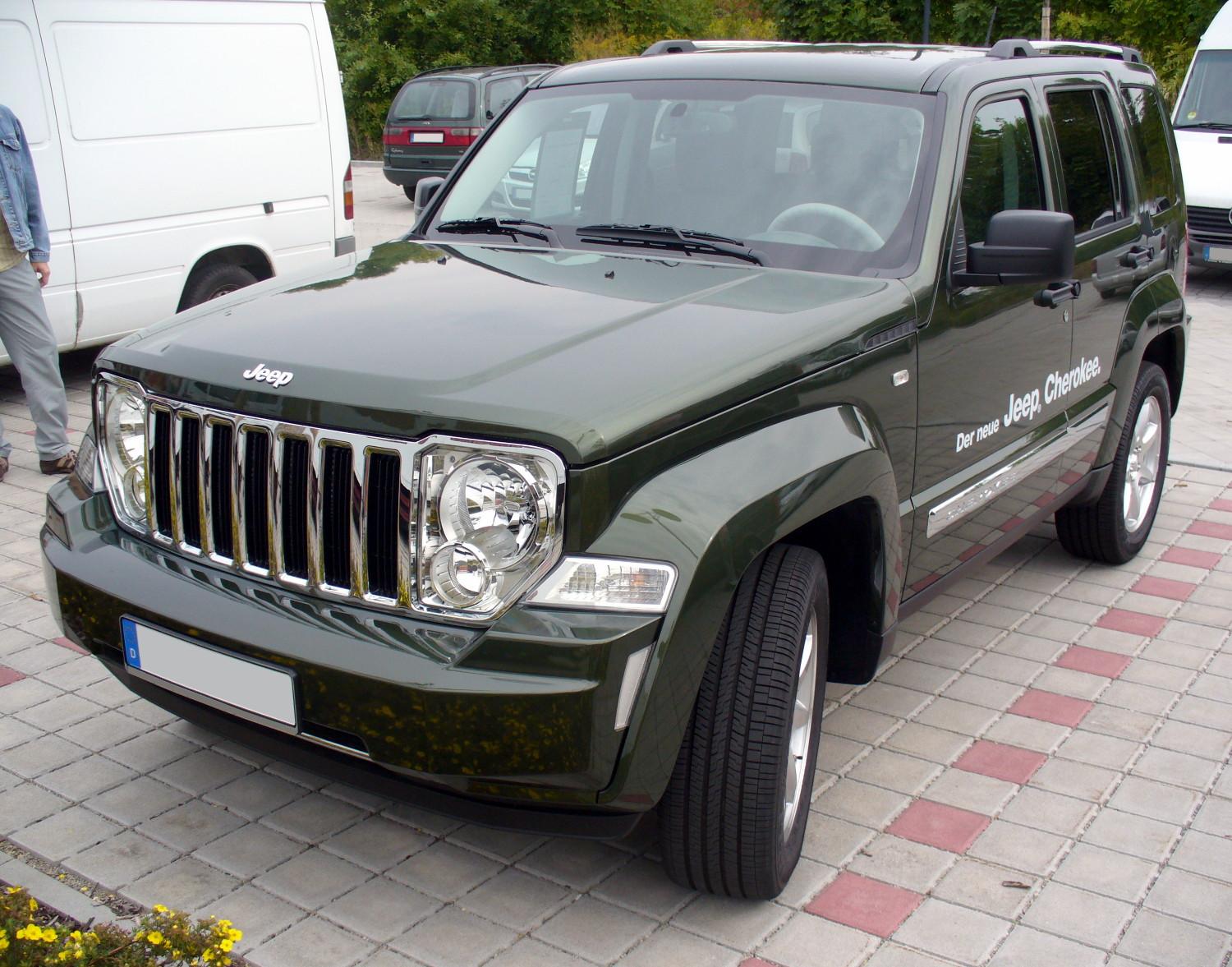
This confluence of factors makes a detailed, accessible "wiki" – whether a dedicated forum section, a collection of how-to guides, or a community-curated document – not just helpful but essential for CRD ownership.
Key Information Found on the CRD "Wiki"
The collective "Jeep Cherokee CRD Wiki" encompasses a vast array of information, typically categorized into the following critical areas:
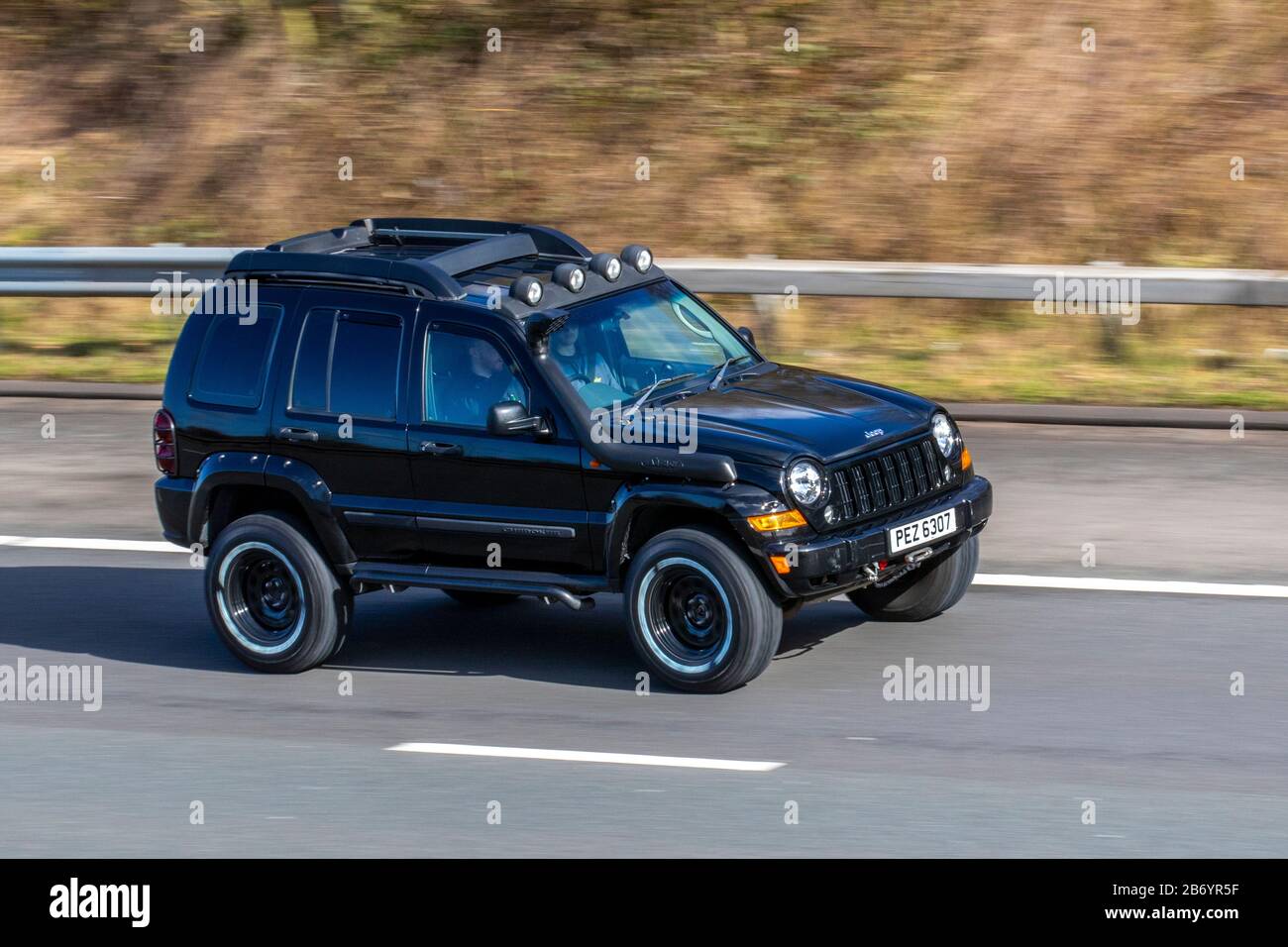
-
Common Issues & Troubleshooting:
- EGR (Exhaust Gas Recirculation) System: Diagnosis of sticky valves, clogged coolers, and common remedies like cleaning or EGR deletes (where legal).
- Swirl Motor: Identification of failure symptoms (limp mode, fault codes) and repair/bypass procedures.
- Fuel Injectors: Symptoms of failing injectors, test procedures, and replacement guides.
- Turbocharger Issues: Diagnosing turbo lag, boost leaks, and actuator problems.
- Transmission Concerns: Understanding common automatic transmission quirks, fluid types, and maintenance.
- Cooling System: Thermostat issues, radiator clogs, and coolant types.

-
Maintenance Schedules & Procedures:
- Oil Specifications: Detailed information on required low-SAPS (Sulphated Ash, Phosphorus, Sulphur) engine oils and recommended change intervals.
- Fuel Filter Replacement: Step-by-step guides for changing the crucial fuel filter, including bleeding procedures.
- Timing Belt Service: Critical information on the timing belt replacement interval, tools required, and detailed walkthroughs.
- Glow Plugs: Testing and replacement procedures for these essential cold-start components.
- Differential and Transfer Case Fluids: Correct fluid types and service intervals.
-
Performance Modifications & Upgrades:
- ECU Tunes: Discussions on various tuners, expected power gains, fuel economy impacts, and considerations for engine longevity.
- Exhaust Systems: Information on DPF/CAT deletes (where legal) and performance exhaust upgrades.
- Turbo Upgrades: Guides on installing larger turbos for significant power increases.
- Lift Kits & Suspension: Recommendations for off-road suspension upgrades, tire sizes, and alignment considerations.
- Intake Systems: Aftermarket air intake options and their benefits.
-
Off-Roading & Capability:
- Specific advice for CRD owners regarding water crossings, inclines, and deep mud.
- Recommended recovery gear and techniques for diesel vehicles.
- Tire pressure guidelines for various terrains.
-
Parts & Suppliers:
- Lists of reputable aftermarket parts suppliers, both general and CRD-specific.
- OEM part numbers and cross-references.
- Discussions on the quality and reliability of various brands.
Navigating and Utilizing the CRD Wiki Resources
Effectively utilizing the "Jeep Cherokee CRD Wiki" involves understanding where to look and how to interpret the information:
-
Identify Reputable Sources:
- Dedicated Forums: Websites like LostJeeps.com (for the KJ Liberty CRD) or specific sections on general Jeep forums are goldmines.
- Facebook Groups: Many active private and public Facebook groups exist for CRD owners, offering real-time advice.
- YouTube Channels: Numerous DIY videos provide visual guides for repairs and modifications.
- Specialized Websites: Some individual enthusiasts or small businesses compile CRD-specific information on their sites.
-
Effective Searching: Use specific keywords related to your issue (e.g., "KJ CRD P0404 code," "2.8L VM Motori timing belt," "Liberty CRD limp mode"). Browse sticky threads and FAQs.
-
Verify Information: Always cross-reference information from multiple sources. What worked for one owner might not be the complete solution for another due to subtle differences or specific circumstances. Look for consensus within the community.
-
Ask Intelligent Questions: If you can’t find an answer, describe your problem clearly, including symptoms, codes, and what you’ve already tried. Provide context (year, mileage, recent maintenance).
-
Contribute Back: Once you’ve successfully tackled a repair or learned something new, consider sharing your experience. This strengthens the collective "wiki" for future owners.
Benefits of Engaging with the CRD Wiki Community
The advantages of tapping into this collective knowledge base are immense:
- Cost Savings: DIY guides and troubleshooting tips can save hundreds, if not thousands, in mechanic labor costs.
- Empowerment: Understanding your vehicle better empowers you to make informed decisions about its care and future.
- Problem-Solving: Many issues specific to the CRD have well-documented solutions within the community, often bypassing expensive trial-and-error diagnostics.
- Enhanced Performance & Reliability: Access to proven modification strategies and preventative maintenance tips helps optimize your CRD’s capabilities and extend its lifespan.
- Camaraderie: Connecting with fellow CRD owners creates a supportive network, fostering friendships and shared adventures.
- Access to Niche Parts: The community often knows where to find rare or specialized CRD parts.
Challenges and Considerations
While invaluable, relying on a community-driven "wiki" also presents some challenges:
- Information Overload: The sheer volume of information can be daunting.
- Conflicting Advice: Different members may offer contradictory solutions. Always seek out the most reputable and well-supported advice.
- Outdated Information: Technology and best practices evolve. Ensure the information you’re using is current, especially for critical components.
- Technical Jargon: Newcomers might struggle with the specialized terminology.
- "Armchair Mechanics": Not all advice is professional. Exercise caution and common sense.
Practical Advice for CRD Owners
To maximize your benefit from the "Jeep Cherokee CRD Wiki":
- Start with the Basics: Before diving into complex modifications, ensure you understand and can perform basic maintenance like oil changes, fuel filter replacements, and checking fluid levels.
- Invest in Diagnostics: A good OBD-II scanner capable of reading diesel-specific codes is essential. Many "wiki" discussions revolve around specific fault codes.
- Read Before You Leap: Never attempt a repair or modification without thoroughly reading multiple guides and watching relevant videos.
- Prioritize Safety: Always use jack stands, proper tools, and follow safety protocols.
- Document Your Work: Keep records of maintenance and repairs, noting mileage, parts used, and any specific challenges. This helps you and can aid others if you share your experience.
- Be Patient: Troubleshooting can be a process of elimination. Don’t get discouraged.
- Connect Locally: If possible, find local CRD owners. In-person help can be invaluable.
Estimated Costs Associated with Jeep Cherokee CRD Ownership (As Discussed on Wiki)
The "Jeep Cherokee CRD Wiki" often serves as a transparent platform for owners to share their experiences with parts costs and labor (if outsourced). While prices fluctuate based on location, supplier, and specific model year, the following table provides a general idea of common expenses discussed within the community. These are estimates for parts, with labor costs varying widely.
| Category | Item/Service | Estimated Part Cost (USD) | Notes (Wiki Discussions Often Cover) |
|---|---|---|---|
| Routine Maintenance | Engine Oil (Low-SAPS, 10L) | $60 – $100 | Specific oil type is crucial. |
| Oil Filter | $15 – $30 | Aftermarket vs. OEM quality discussions. | |
| Fuel Filter | $30 – $60 | Critical component; frequent replacement advised. | |
| Air Filter | $20 – $40 | ||
| Cabin Air Filter | $15 – $30 | ||
| Timing Belt Kit (incl. pump) | $250 – $500 | Major service, typically every 100k miles. DIY guides are popular. | |
| Glow Plugs (set of 4) | $80 – $160 | Replacement often advised if one fails. | |
| Common Repairs | EGR Valve (new) | $200 – $400 | Often cleaned or bypassed (where legal). |
| Swirl Motor (new) | $150 – $300 | Repair kits or bypass options are common. | |
| Fuel Injector (remanufactured) | $150 – $300 (per injector) | Diagnosing which injector is faulty. | |
| Turbo Actuator | $100 – $250 | Often repairable; full turbo replacement is more costly. | |
| Thermostat Housing | $50 – $100 | Plastic housing can crack. | |
| Popular Mods | ECU Tune (Flash) | $400 – $800+ | Varies by tuner and features (e.g., DPF delete tune). |
| Exhaust System (DPF/CAT back) | $300 – $800 | Legal considerations vary by region. | |
| 2.5" Lift Kit (basic) | $400 – $800+ | Many brands and types (coil spacers vs. full suspension). | |
| Tools & Diagnostics | OBD-II Scanner (basic) | $30 – $100 | For reading generic codes. |
| Advanced Diesel Scanner | $200 – $500+ | For reading manufacturer-specific diesel codes and live data. |
Note: These are estimated part costs and do not include labor if performed by a professional mechanic. DIY labor is, of course, free, but requires time and tools.
Frequently Asked Questions (FAQ) about the Jeep Cherokee CRD Wiki
Q1: What exactly is the "Jeep Cherokee CRD Wiki"? Is it one specific website?
A1: No, it’s not a single, official website. The "Jeep Cherokee CRD Wiki" refers to the collective knowledge base, including dedicated online forums (like LostJeeps.com for the KJ), Facebook groups, YouTube channels, and other community-driven resources where owners of Jeep Cherokee/Liberty CRD models share information, troubleshooting guides, maintenance tips, and modification insights.
Q2: Why is this "wiki" so important for CRD owners compared to other Jeep models?
A2: The CRD models feature a unique 2.8L VM Motori turbo-diesel engine with specific maintenance requirements, common issues (EGR, swirl motor, injectors), and performance characteristics that differ significantly from petrol models. Dealership knowledge can be limited, making community-sourced information crucial for diagnosis, repair, and optimal performance.
Q3: Where can I find the most reliable information on the CRD?
A3: Dedicated forums like LostJeeps.com are often considered the most comprehensive and reliable, given their long history and active user base. Reputable Facebook groups and well-produced YouTube channels from experienced mechanics or enthusiasts also offer valuable insights. Always cross-reference information.
Q4: Can I trust all the information I find on these community sites?
A4: While generally very helpful, it’s crucial to exercise discretion. Not all advice is equally accurate or applicable. Always cross-reference information with multiple sources, look for consensus, and consider the experience level of the person offering advice. If in doubt, consult a professional diesel mechanic.
Q5: What are the most common issues discussed on the CRD "wiki"?
A5: The most frequently discussed topics include problems with the EGR system (clogging, failure), the swirl motor (causing limp mode), fuel injector issues, turbocharger diagnostics, and proper timing belt replacement procedures.
Q6: Are there guides for modifications like ECU tunes or lift kits on the "wiki"?
A6: Yes, the "wiki" is an excellent resource for performance and off-road modifications. You’ll find detailed discussions, user reviews of different products, installation guides, and troubleshooting tips for ECU tunes, exhaust upgrades, lift kits, and more. Always be aware of local laws regarding modifications like DPF/EGR deletes.
Q7: How can I contribute to the "Jeep Cherokee CRD Wiki"?
A7: You can contribute by sharing your own experiences, successful repairs, and modification processes. Post detailed "how-to" guides, answer questions from other members, and participate in discussions. Every shared piece of knowledge strengthens the collective resource.
Conclusion
The "Jeep Cherokee CRD Wiki" represents more than just a collection of web pages; it’s a testament to the resilience of a unique vehicle and the passion of its owners. For anyone owning or considering a Jeep Cherokee CRD, this collective knowledge base is an indispensable tool. It transforms complex diesel engineering into understandable, actionable information, empowering owners to maintain, repair, and even enhance their vehicles, often saving significant time and money. By engaging with this vibrant community, you’re not just finding answers; you’re becoming part of a shared adventure, ensuring these capable diesel Jeeps continue to conquer roads and trails for years to come. Embrace the "wiki," and unlock the full potential of your CRD.

